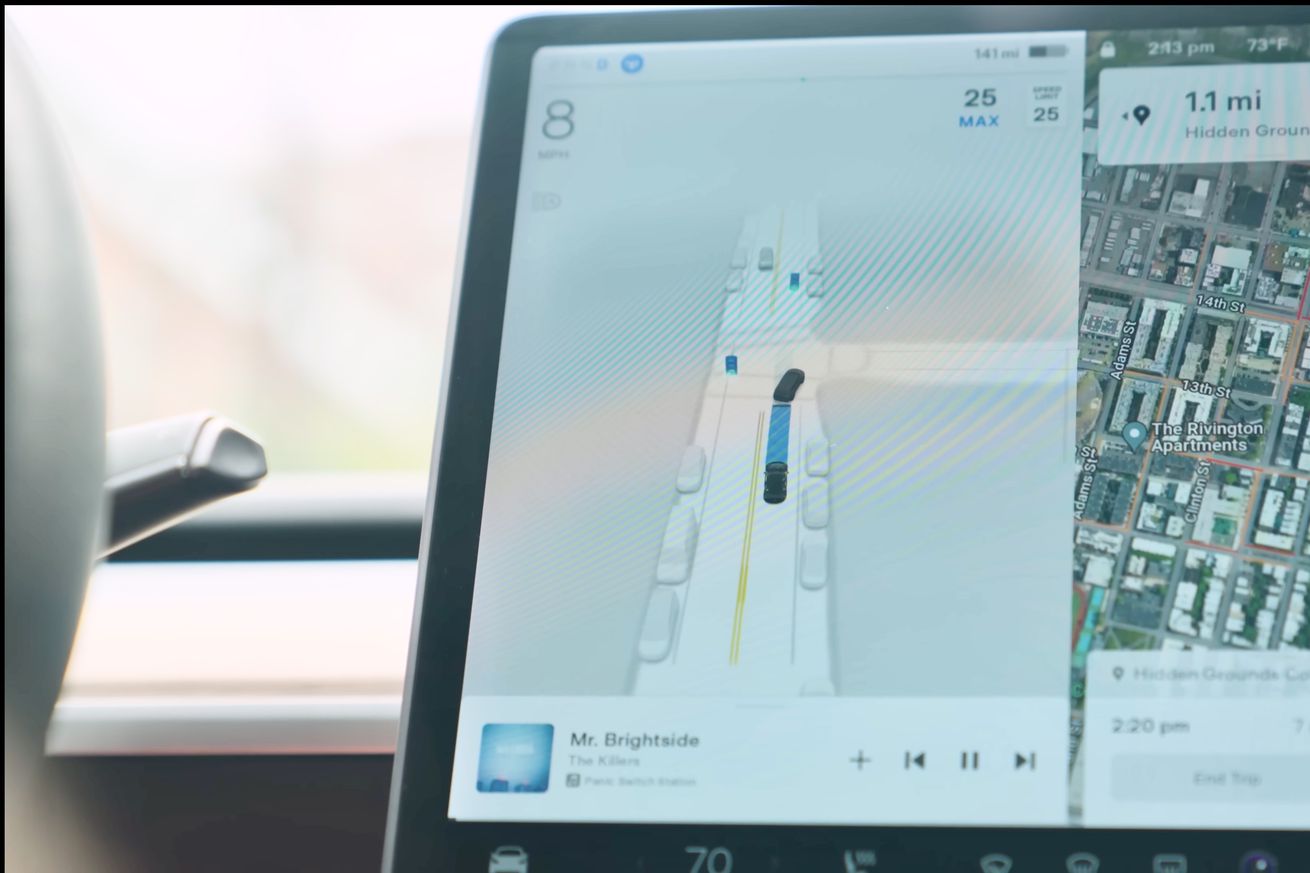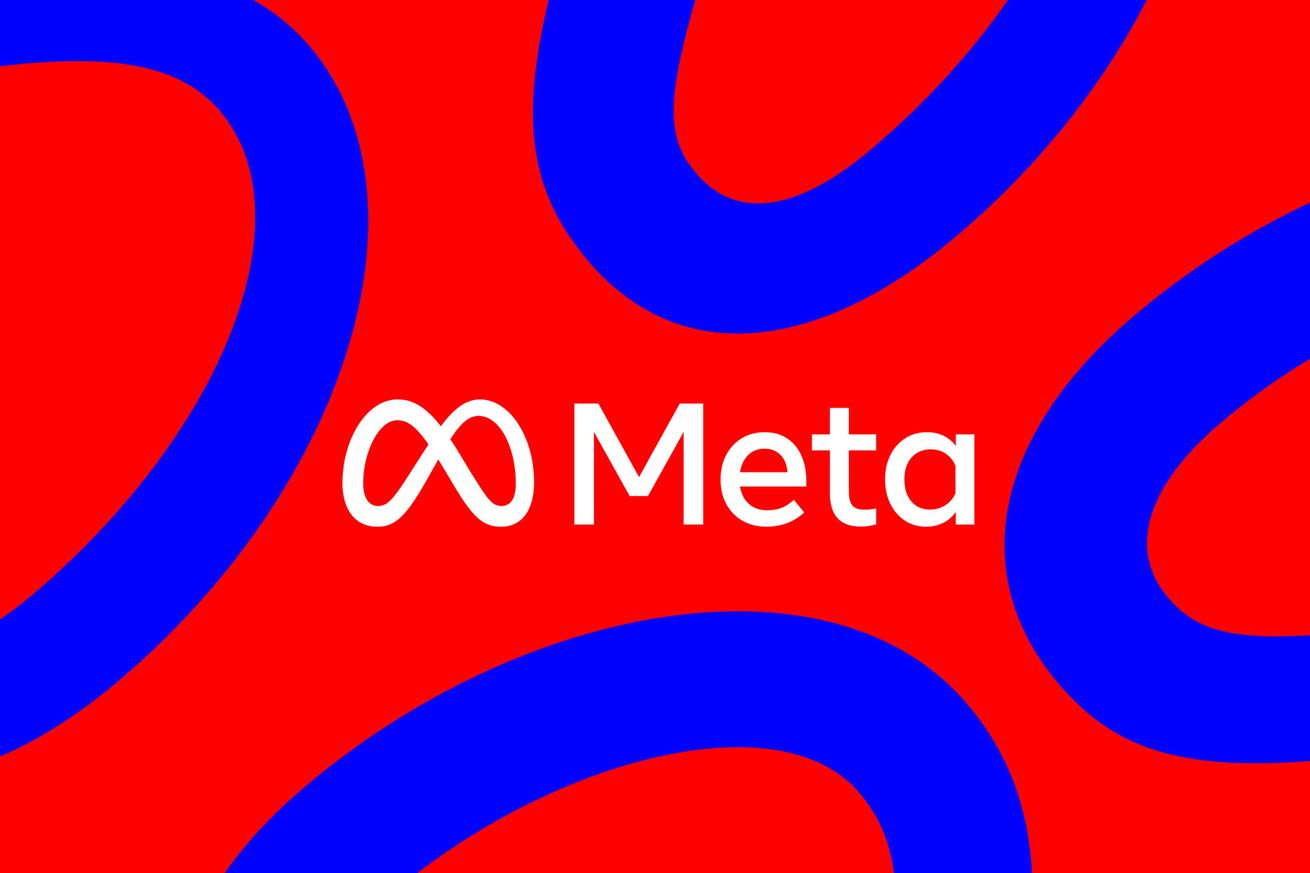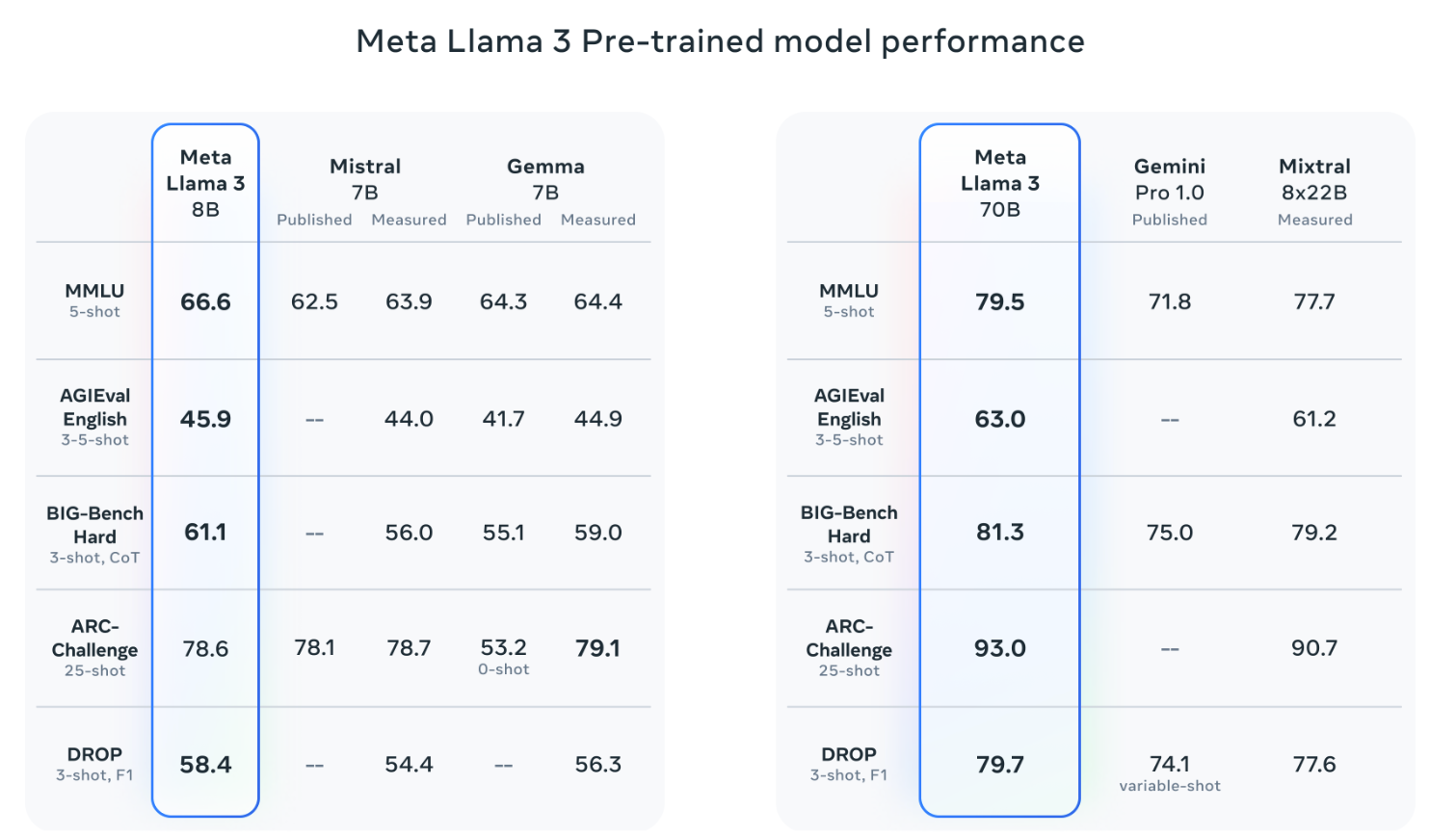With the standard caveat that reading too much into oral arguments is dangerous, I will note that I am cautiously optimistic after listening to the oral arguments in the Murthy v. Missouri case at the Supreme Court this morning. There are very real concerns about where the line is between government coercion (not allowed) and government persuasion (allowed) on speech, as we’ve discussed repeatedly. Sometimes this is referred to as the legality of “jawboning.”
I tend to think that government officials are all too often allowed to get away with jawboning that I think crosses the line. And this is a bipartisan problem, as government officials on both sides of the aisle seek to silence or punish speech they dislike. It would be great to have the Supreme Court set out a clear rule for how to deal with such things, and to establish where the line is.
There are some cases, such as Bantam Books at the Supreme Court, the Okwedy case at the 2nd Circuit and the Backpage case at the 7th Circuit that address some of this, but none of them clearly lay out an easily followed test. And that’s part of the reason this case has been such a mess so far. But the other, much larger reason why is that the folks bringing this case (Missouri, Louisiana, and a bunch of nonsense peddlers who were mad their content was moderated) basically filed a bunch of half-truths, lies, misleading, out of context, conspiracy theories, and more. And that has made the specific record of this case a complete mess of lies and nonsense.
Now, it’s possible that you could still get a useful ruling even with all of that. The Court obviously should make it clear that the federal government cannot seek to threaten, coerce, or intimidate social media websites into removing speech. That would be a clear First Amendment violation. But they should be able to express their opinion or to provide useful information regarding the truth or falsity of some information, or about if they’ve found evidence of (for example) foreign influence campaigns.
The problem of this particular case is that those who brought the case presented situations of the latter (providing useful information) as the former (coercing removals) and the judge at the district court inflated it even further. The judges at the 5th Circuit then took that and trimmed back some of the hyperbole by the lower court, but still (mostly) accepted as true the arguments that the sharing of information was inherently coercive. This creates some real problems, especially if the government wants to again share useful information with social media companies (which they’ve all but stopped doing because of this lawsuit).
Thankfully, the Justices (on both sides of the ideological spectrum) seemed to recognize the problematic nature of the record in this case, and the extreme claims of the states (and the lower courts). Justices Brett Kavanaugh and Sonia Sotomayor both seemed the most vocal in calling out the weird posture of the states and nonsense peddlers. Justices Amy Coney Barrett and Elena Kagan seemed similarly troubled by what the states were claiming. Justice Roberts asked good questions though it’s unclear where he is leaning exactly. Justice Ketanji Brown Jackson seemed to go too far towards arguing that the government should have more leeway in pushing companies to take down speech.
Justice Alito clearly seemed to think that the states had the stronger argument, but he may have been alone. As Louisiana’s Solicitor General (a former Alito clerk) flailed around while the other Justices battered him with hypotheticals that proved his position ridiculous, Alito stepped into try to rescue him (trying to bring him back to his arguments) and even that didn’t work very well. Justice Thomas is likely with Alito but didn’t ask very much. Gorsuch asked some odd questions, but wasn’t as clear on what he was thinking.
The key to me was seeing that Justices Kavanaugh and Barrett seemed pretty clear on the fact that of course the government should be able to express its opinion on certain content. At one point, Alito insisted that it would be crazy for anyone in the federal government to, for example, berate the press (whom he equated to social media companies) in trying to get them not to publish a story. Kavanaugh, having actually worked in the federal government (unlike Alito), pointed out that this actually happens “regularly” based on his “own experience.” He even noted that those calls often involve anger from the federal government directed at media employees:
JUSTICE KAVANAUGH: Do you think on the anger point, I guess I had assumed, thought, experienced government press people throughout the federal government who regularly call up the media and — and berate them. Is that — I mean, is that not —
MR. FLETCHER: I — I — I don’t want
JUSTICE KAVANAUGH: — your understanding? You said the anger here was unusual. I guess I wasn’t —
MR. FLETCHER: So that —
JUSTICE KAVANAUGH: — wasn’t entirely clear on that from my own experience.
Later on, he returns to this point and highlights that the federal government has plenty of perfectly good reasons to reach out to the media and warn them of harm they’re causing:
Then, on the killing people hypothetical or — not hypothetical — the statement, I mean, that raises kind of national security analogies. I don’t know what your experience is or if you’ve looked into this, but it’s probably not uncommon for government officials to protest an upcoming story on surveillance or detention policy and say, you know, if you run that, it’s going to harm the war effort and put Americans at, you know, risk.
And, from there, he cuts to the heart of the issue: just saying “doing this will kill people” is not the same as saying “and if you do so, we will punish you” and the US gov’t agrees with him on that. That is the line between persuasion and coercion:
JUSTICE KAVANAUGH: But if they tack onto that: And if you publish the story, we’re going to pursue antitrust action against you?
MR. FLETCHER: A huge problem, yeah.
Kavanaugh then repeats how the federal government regularly complains about speech in the media:
JUSTICE KAVANAUGH: You’re speaking on behalf of the United States. Again, my experience is the United States, in all its manifestations, has regular communications with the media to talk about things they don’t like or don’t want to see or are complaining about factual inaccuracies.
Justice Kagan, who also worked in the federal government, backed Kavanaugh up on this point in pushing back on Louisiana’s Solicitor General, who was making the arguments for the states/nonsense peddlers:
JUSTICE KAGAN: I mean, can I just understand because it seems like an extremely expansive argument, I must say, encouraging people basically to suppress their own speech. So, like Justice Kavanaugh, I’ve had some experience encouraging press to suppress their own speech.
You just wrote about editorial. Here are the five reasons you shouldn’t write another one. You just wrote a story that’s filled with factual errors. Here are the 10 reasons why you shouldn’t do that again.
I mean, this happens literally thousands of times a day in the federal government.
Soon after, Chief Justice Roberts also chimed in on this point. He first noted (jokingly) that unlike Kagan and Kavanaugh he doesn’t have experience trying to get the media to drop a story. But he said that just having a government official complain about speech doesn’t seem like enough to be coercion:
CHIEF JUSTICE ROBERTS: I was just going to say, first, I have no experience coercing anybody.
(Laughter.)
CHIEF JUSTICE ROBERTS: But — but, second, I mean, the government is not monolithic either. I suspect, when there’s pressure put on one of the platforms or certainly one of the other media outlets, they have people they go to, probably in the government, to say: Hey, they’re trying to get me to do this, and that person may disagree with what the government’s trying to do. It’s not monolithic. And that has to dilute the concept of coercion significantly, doesn’t it?
As for Justice Barrett, it was good to see her call out the faulty record in the lower courts and how problematic that makes the outcome.
JUSTICE BARRETT: Okay. My other question is about the findings of fact and clear error. So you were pretty insistent with Justice Kagan that we really, to address the standing point, don’t have to review any of the district court’s factual findings for clear error.
I just want to make sure that that’s right because I’m thinking about things you talked about with — I think it was Justice Alito, the interchange with the expletives, you know, we’re getting mad, we want answers now, you know, are you, whatever, serious?
MR. FLETCHER: Yeah.
JUSTICE BARRETT: And that was actually about his own Facebook account. Or there was another change that was — exchange that was actually about somebody impersonating the President’s granddaughter on Twitter.
MR. FLETCHER: Yeah.
JUSTICE BARRETT: So, if the lower courts, which I think they did, kind of conflated some of those threats with threats that were designed to be — threats related to the pandemic and that kind of suppression, wouldn’t that then be clear error, or do you think that’s application of facts to law or what?
Later on, during the states’ arguments, there was a lot of pushback on Louisiana’s Solicitor General. I noted some of it above in the exchanges with Roberts, but Kagan went after him for suggesting that the government shouldn’t complain about certain speech. She uses the example of terrorist speech, which is mostly protected speech, though Louisiana’s Solicitor General doesn’t seem to realize that kind of important point:
JUSTICE KAGAN: So, I mean, what about that? I mean, you know, take a — an example where — I mean, these platforms, they’re compilers of speech, and some part of the government, let’s call it part of the law enforcement arm of the government, says you might not realize it, but you are hosting a lot of terrorist speech, which is going to increase the chances that there’s going to be some terrible harm that’s going to take place, and we want to give you this information, we want to try to persuade you to take it down.
Are — are — the government can’t do that?
MR. AGUINAGA: The government can absolutely do that, Justice Kagan.
JUSTICE KAGAN: They’re taking —
MR. AGUINAGA: Terrorist activity, criminal —
JUSTICE KAGAN: — they’re — they’re asking them to take down the speech.
MR. AGUINAGA: Terrorist activity, criminal activity, that is not protected speech. Absolutely, the government can inform the — the
JUSTICE KAGAN: Well, that might — might be protected speech. I mean, terrorists engage in, you know, things that come under the First Amendment. I mean, let’s say they’re just recruiting people for their organizations.
MR. AGUINAGA: Your Honor, if it’s First Amendment speech, protected speech, then I think we’re in an entirely different world.
After some more back and forth on this, Kagan again points out how frequently this happens:
JUSTICE KAGAN: So back in — this — this — this still happens now — decades ago, it happened all the time, which is somebody from the White House got in touch with somebody from The Washington Post and said this will — this will just harm national security, and The Washington Post said, okay, whatever you say.
I mean, that was all — we didn’t know enough, but that was — that was coercion?
Eventually, she sorta gets him to admit that that’s okay, which sort of left him trapped as the standard he presented earlier wouldn’t allow that:
JUSTICE KAGAN: I guess what I’m just trying to suggest is that there’s all kinds of things that can appear on these platforms that do all kinds of different harms, and — and the inability of government that you’re suggesting to — to reach out to these platforms and say we want to give you information that you might not know about on this, and we want to give you our perspective on what harms this is doing, and — and, you know, we want to be able to answer questions that you have because we really do think that it would be a good thing if you on your own chose to take this speech down.
MR. AGUINAGA: And, Your Honor, if those were the facts in this case, then I think it would be a much harder case for me. I think
JUSTICE KAGAN: Well, now I don’t know what your standard is. You just told me that that was — that was good enough for you.
MR. AGUINAGA: No —
JUSTICE KAGAN: That was coercion.
And as he tried to dig himself out of the hole by arguing that there was clear evidence of actual coercion in this case, Justice Sotomayor came out swinging about how there is nothing really in the record to support any of that (as some of us have been noting). She asks him to support these claims, and as he brings up a few examples, she pushes back on each of them, explaining how they don’t actually show what he pretends they show. And then:
JUSTICE SOTOMAYOR: You know, I — I have such a problem with — with your brief, counselor. You omit information that changes the context of some of your claims. You attribute things to people who it didn’t happen to. At least in one of the defendants, it was her brother that something happened to, not her. I don’t know what to make of all this because you’re — you have a — I’m not sure how we get to prove direct injury in any way.
There were some other situations where the problematic nature of the record got called out. There was a lot of talk of “traceability.” That is, is there any actual evidence that social media companies acted in a specific way due to government pressure. And the examples given didn’t fare well.
MR. AGUINAGA: Your Honor, I think the clearest way — and if I understand — so let me answer your question directly, Your Honor. The way — the link that I was drawing there was a temporal one. If you look at JA 715 to 717, that’s a May 2021 e-mail. Two months later after that e-mail, calls were targeting health groups just like Jill Hines’s group. She experiences the first example of that kind of group being —
JUSTICE KAGAN: Yeah, so in two months, I mean, a lot of things can happen in two months. So that decision two months later could have been caused by the government’s e-mail, or that government e-mail might have been long since forgotten, because, you know, there are a thousand other communications that platform employees have had with each other, that — a thousand other things that platform employees have read in the newspaper.
I mean, why would we point to one e-mail two months earlier and say it was that e-mail that made all the difference?
MR. AGUINAGA: Your Honor — and I would say a thousand other e-mails between the White House and Facebook in those two months. I mean, that’s the volume of this interaction, this back and forth, between the platform and the government. And it’s all —
JUSTICE KAGAN: The specific —
MR. AGUINAGA: — about the same topic.
JUSTICE KAGAN: But if it’s encouragement — I mean, let’s even take that this was something that the — that the government was continually pressing the — encouraging the platforms to do. I mean, until you can show that there’s something about — overbearing the platform’s will, which, you know, seems sort of hard to overbear Facebook’s work — will from what I can gather from the world, but, you know, how do you say it’s the government rather than Facebook?
Eventually, Kagan points out that nothing in the record supports actual traceability:
JUSTICE KAGAN: And you could say that about pretty much everything that’s in your brief, that there’s just nothing where you can say, okay, the government said take down that communication. The government is making some broad statements about the kinds of communications it thinks harmful. Facebook has a lot of opinions on its own about various kinds of communications it thinks harmful.
I guess if you’re going to use standard ideas about traceability and redressability, I guess what I’m suggesting is I don’t see a single item in your briefs that would satisfy our normal tests.
The US’s representative points out that the record is even worse than Louisiana suggests:
Justice Kagan, you pointed out that her groups were moderated at least two and four months after the relevant exchange between Facebook and the government. But it’s actually worse than that. The May 2021 e-mail from Facebook to the government says we’ve already taken action on health groups to remove them from our recommendation feature. It wasn’t reporting on something it would do in the future. It was reporting on something that was already done. And it’s even not clear from the e-mail that Facebook was doing that because of any request from the government. It was a report of its own action.
Justice Barrett pointed to a hypothetical. She asked if Louisiana’s Solicitor General would feel that, if his own info had been doxed (and yes, she used that term), and the FBI reached out to social media to tell them about it, would he still feel that’s a First Amendment violation:
JUSTICE BARRETT: Well, let me just — let me just ask you then, let me give you a hypothetical. Let’s say that you get doxed and so do numerous other members in Louisiana state government. You’re doxed, and somebody is posting online about how people should really rally and do something about this. People should rally and you should be harmed, okay?
The FBI sees these posts and calls the social media outlet, like X, Facebook, whatever, and says we really encourage you to take these down because these are significantly threatening and we see some people may be responding to them.
That’s — that’s a problem?
That leaves him in a deep hole that he has trouble getting out of:
MR. AGUINAGA: So my first question, Your Honor, is whether that would be protected speech, those tweets would be protected speech, Your Honor, under this Court’s —
JUSTICE BARRETT: Okay. Let’s just assume — let’s assume that everything that’s said, I was trying to make it so that they —
MR. AGUINAGA: Yes, they are.
JUSTICE BARRETT: — stop short of actually being illegal in and of themselves.
MR. AGUINAGA: Your Honor, so I think, you know, as I say, I’m a purist on the First Amendment, so my answer would be yeah, like, that —
JUSTICE BARRETT: So the FBI can’t make — do you know how often the FBI makes those kinds of calls?
To be honest, I don’t think the FBI actually makes those calls very often. I would imagine, however, that the U.S. Marshals does make those calls pretty regularly about info on judges (ask me how I know), but it is making the same basic point. There are times that the federal government and law enforcement may have pretty good reasons for reaching out to social media and pointing out potential very real harms that may occur if information is left up, so long as the platforms still get to make the final call on whether or not to leave it up.
Indeed, the fact that the platforms regularly kept up information the government informed them about was brought up repeatedly. Many of the Justices remarked on it as well, including Kavanaugh, and how it argued against believing that the speech was coercive.
Justice Kavanaugh also had trouble with the argument that the government can’t communicate potentially problematic info to social media companies:
JUSTICE KAVANAUGH: And one thing that I think I want to square up with you is if someone calls and — or contacts the social media company and says what you have there, this post, has factually erroneous information, so not a viewpoint that we disagree with, factually erroneous information, and the social media company says, we’ll take a look at that and — and you still think that’s significant encouragement that qualifies as coercion, if they take it down in response to concluding that it, in fact, is factually erroneous?
MR. AGUINAGA: No, Your Honor. If there’s no ask from the government, if the government’s just saying here’s our view of the statement —
JUSTICE KAVANAUGH: Okay. And we think it should be — it should be taken down, it’s up to you, but we think it should be taken down.
MR. AGUINAGA: I think that’s a harder case for me. I guess, you know, if you think it is a close case decide it under the First Amendment.
Kavanaugh asks why that’s harder, and Aguinaga suggests that it’s because of the specifics of the situation and denies (as some commenters here regularly argue) that any communication from the government is inherently threatening. So Kavanaugh asks him about more specifics, including if someone is publishing information on US troop movements. And all Aguinaga can come up with is “well, the government can respond.”
Perhaps the strangest, and arguably the most troubling, comments came from Justice Jackson, who seemed to think that there were situations in which the federal government should be able to coerce sites to take down speech. She started out on the right foot, worrying how the states’ position could be seen as barring the ability of the government to provider useful info:
JUSTICE JACKSON: I mean, I’m a little worried about the Respondents’ — what I think could be taken away from their view, which is that in situations in which the government has information that may be unique to the government’s knowledge but that it feels important for the public to have, that that somehow becomes prohibited if, as a result of that information, these companies decide they’re going to do something different with respect to content moderation.
But then she goes much further at times:
JUSTICE JACKSON: So I think — I think that part of the reason why you might be running into all of these difficulties with respect to the different factual circumstances is because you’re not focusing on the fact that there are times in which the government can, depending on the circumstances, encourage, perhaps even coerce, because they have a compelling interest in doing so.
And so that’s why I keep coming back to the actual underlying First Amendment issue, which we can isolate in this case and just talk about — about coercion, but I think there — that you have to admit that there are certain circumstances in which the government can provide information, encourage the platforms to take it down, tell them to take it down.
I mean, what about — what about the hypo of someone posting classified information? They say it’s my free speech right, I believe that I — you know, I got access to this information and I want to post it.
Are you suggesting that the government couldn’t say to the platforms, we need to take that down?
I mean… isn’t that just the Pentagon Papers story? And in that case the court said of course the newspapers could publish that info.
I think she’s trying to say that even if the First Amendment applies, there may be cases where under strict scrutiny, the government still has the right to pressure companies to remove protected speech, but that seems to be a pretty far reach and not even an issue in this particular case.
To that point, though, she is using this point to argue that the arguments of the states/nonsense peddlers that the federal government can never even encourage removals clearly goes too far:
But you just seemed to suggest that as a blanket matter, the government doesn’t have the ability to, you know, encourage or require this kind of censorship. And I don’t know that that’s the case.
She goes on to talk about a “teen challenge” that puts kids in danger, and whether or not the government can pressure sites to take that down. Again, I think she’s going way too far here. I think the gov’t can raise the issue, highlight how such things can lead to harm, but that they cannot coerce sites to take such info down. They need to decide based on their own policies:
JUSTICE JACKSON: Suppose someone started posting about a new teen challenge that involved teens jumping out of windows at increasing elevations. This is the challenge. And kids all over the country start doing this. There’s an epidemic, children are seriously injuring or even killing themselves in situations. Is it your view that the government authorities could not declare those circumstances a public emergency and encourage social media platforms to take down the information that is instigating this problem?
Even Roberts seems a bit surprised at how far Louisiana’s SG is willing to go on this argument:
CHIEF JUSTICE ROBERTS: Well, you don’t think — well, do you think that simply Justice Jackson’s hypotheticals ended by saying we encourage you to take it down, is that rise to the level of coercion that you think is problematic?
MR. AGUINAGA: Your Honor, if the test is coercion and that’s the test that this Court applies, I think I might have a harder case saying that’s coercion. I think it’s — by its definition, it’s maybe easier addressed as a substantial encouragement case.
But if — you know, whether — as I said earlier, regardless of the label that you apply, whether it’s coercion, whether it’s encouragement, or joint participation and conspiracy, at the end of the day, if what the government is trying to do is to eliminate viewpoints from public discourse, that I think
CHIEF JUSTICE ROBERTS: Well, again, under my colleague’s hypothetical, it was not necessarily eliminate viewpoints, it was to eliminate instructions, let’s say, about how to engage in some game that is seriously harming children around — around the country, and they say we — we encourage you to stop that.
I mean, is it — that violates the Constitution?
MR. AGUINAGA: Your Honor, I agree as a policy matter, it might be great for the government to be able to do that, but the moment that the government identifies an entire category of content that it wishes to not be in the modern public sphere, that is a First Amendment problem.
There’s more in the full transcript, but it sure sounds like this could be a 6-3 ruling with Kavanaugh, Barrett, Roberts, Sotomayor, Kagan, and Jackson all somehow overturning the 5th Circuit. We’ll find out where it ends up in a few months. But, the hearing didn’t go nearly as far off the rails as I feared it might.


/cdn.vox-cdn.com/uploads/chorus_asset/file/25417627/GettyImages_2147871256.jpg) David Gray/AFP via Getty Images
David Gray/AFP via Getty Images
/cdn.vox-cdn.com/uploads/chorus_asset/file/25417632/GettyImages_2147843026.jpg) David Gray/AFP via Getty Images
David Gray/AFP via Getty Images
/cdn.vox-cdn.com/uploads/chorus_asset/file/25417594/ct5km_baa5_max_7d_v3.1_tropics_current_cropped.png) NOAA
NOAA
/cdn.vox-cdn.com/uploads/chorus_asset/file/24937490/adler_updated_7986.jpg) Jennifer Adler for Vox
Jennifer Adler for Vox
/cdn.vox-cdn.com/uploads/chorus_asset/file/24925256/adler_5447__1_.jpg) Jennifer Adler for Vox
Jennifer Adler for Vox




















